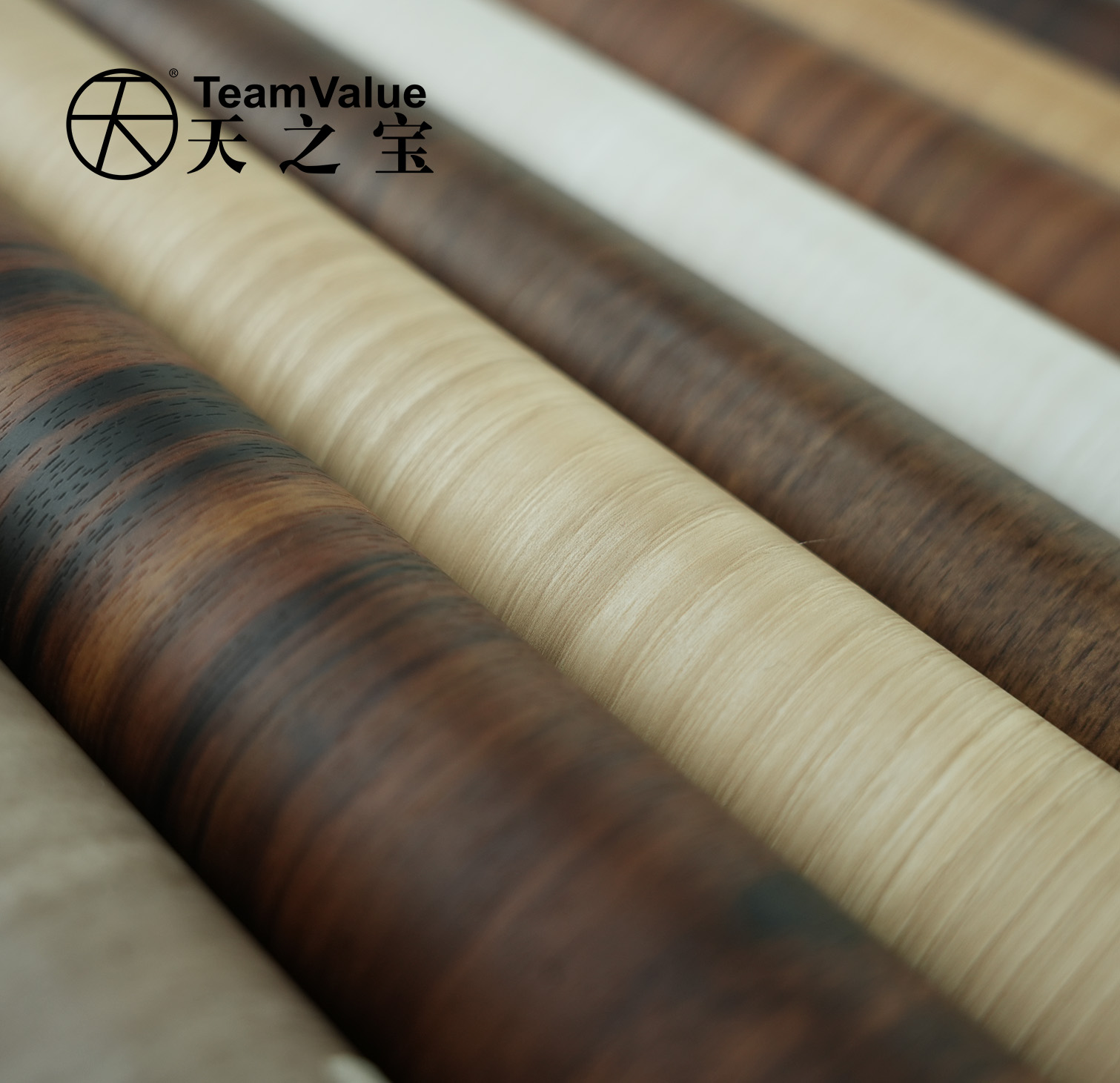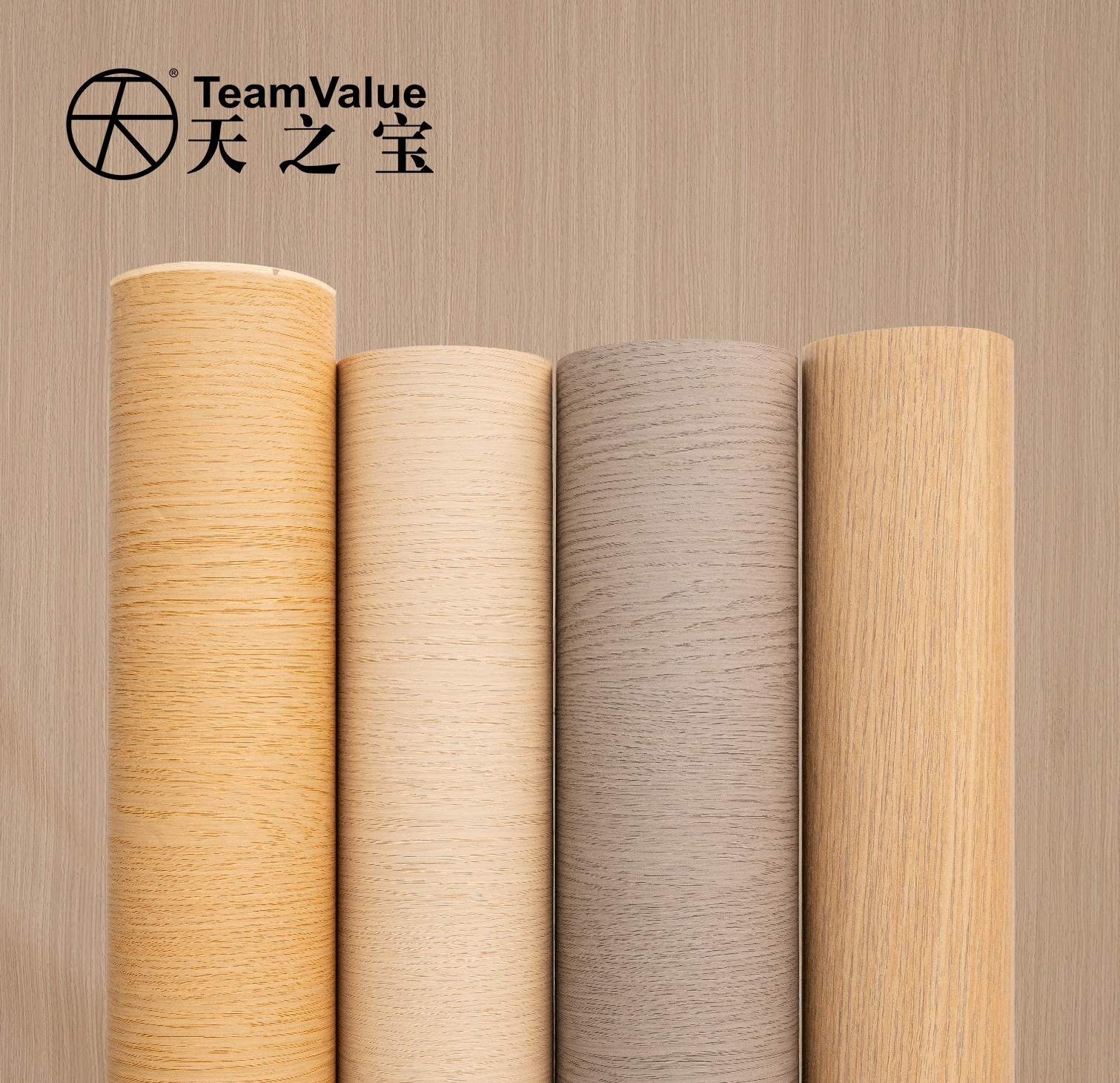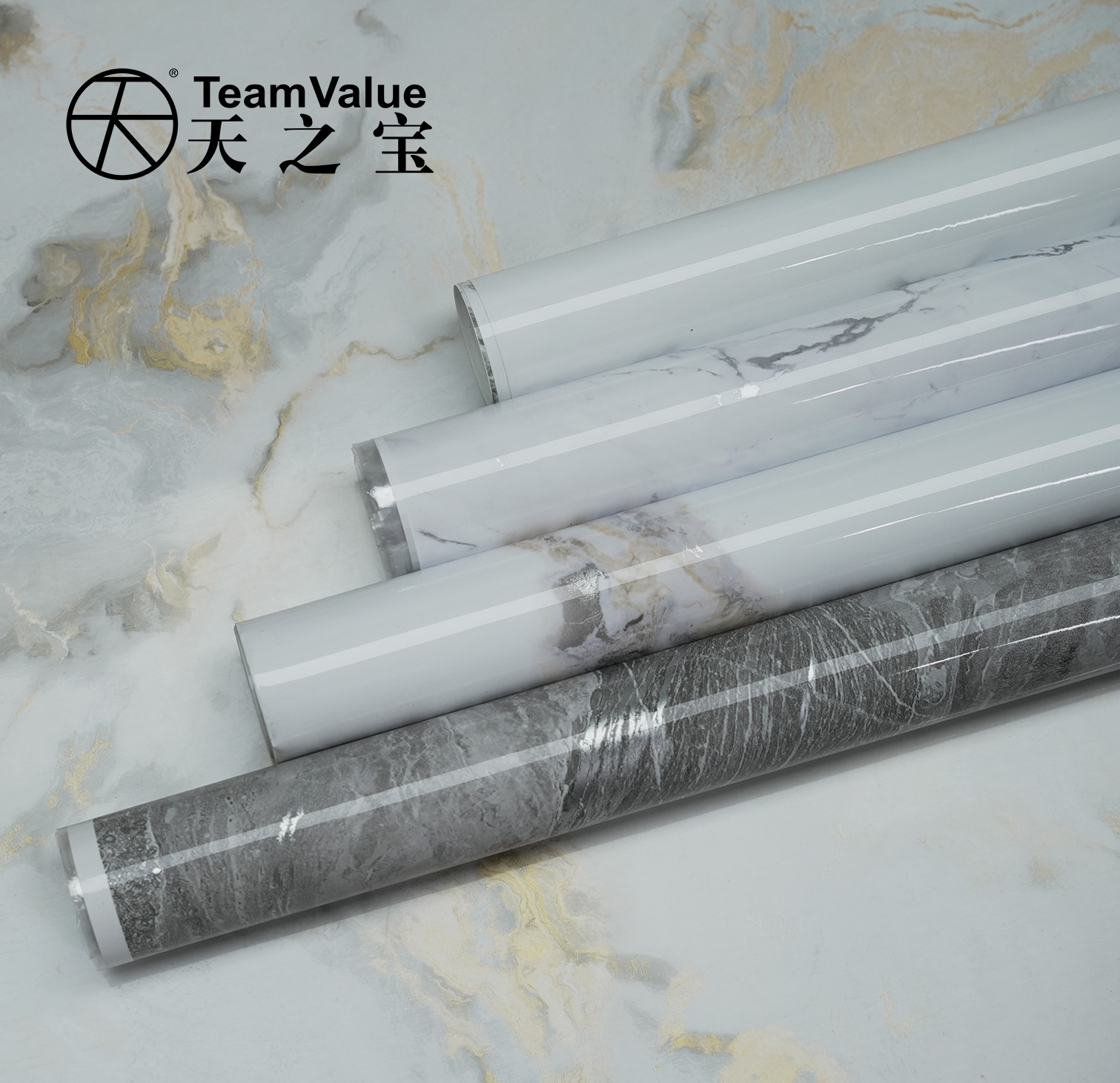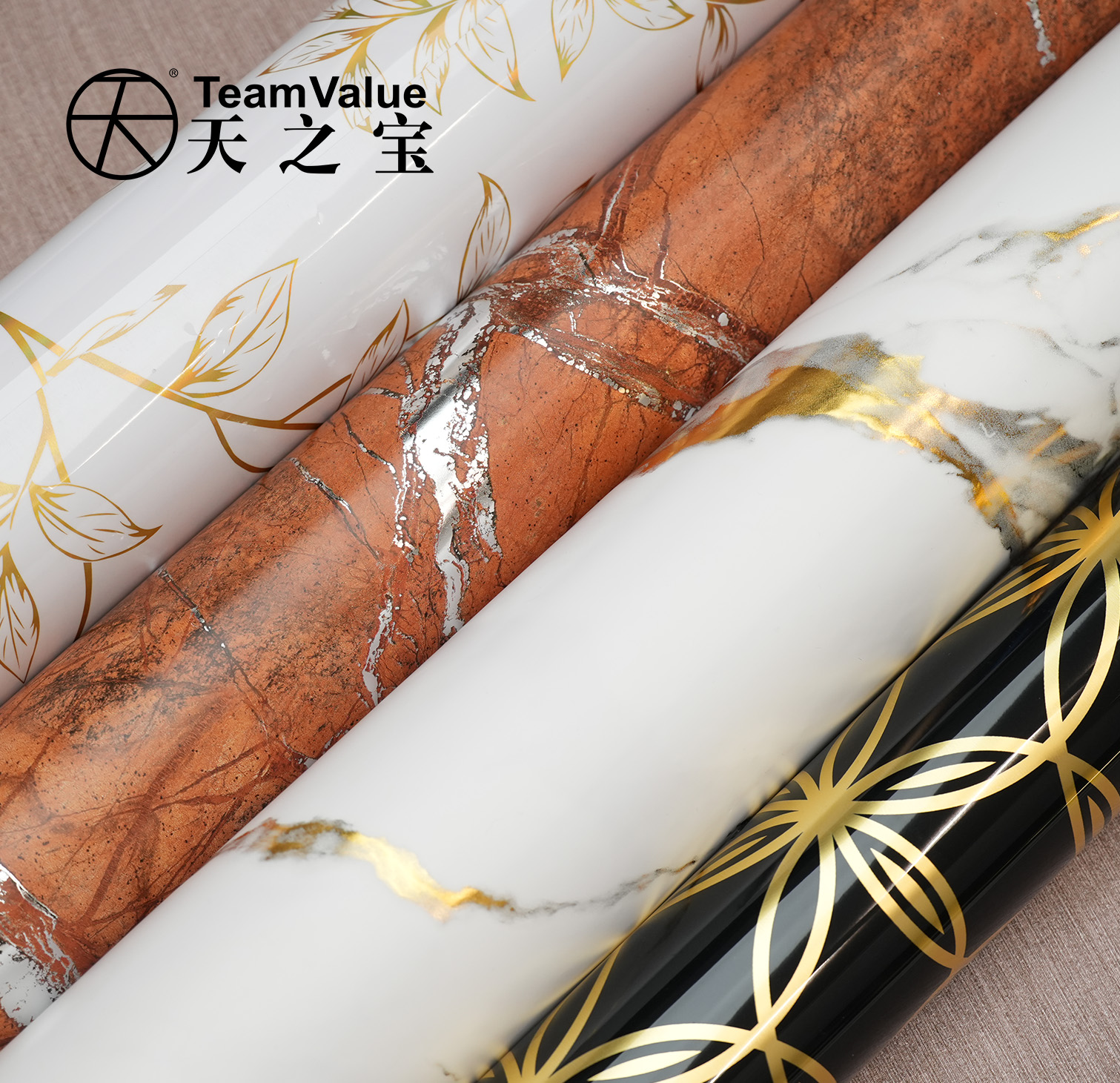Think about the walls and surfaces around you—homes, offices, furniture, even cars and planes. What makes them look good and last long? A lot of it comes down to the materials used to cover them. Over the years, the world of decorative surfaces has evolved big time. We’ve moved from simple lime-washed walls and ceramic tiles to high-tech films that are tough, versatile, and easy on the wallet. And in that journey, PVC decorative film has become a real game-changer.
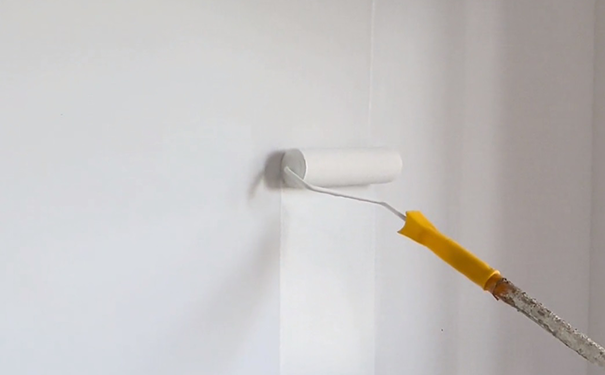
The Early Days: Lime, Ceramic, and Paint
A long time ago, people kept things simple. Walls were often made of earth or stone, and later, lime wash was used to brighten things up. It was cheap and made rooms feel cleaner, but it smudged easily and didn’t handle moisture well. Then came ceramic tiles. They were a step up—more colorful and durable—but over time, they tended to yellow or stain. After that, latex paint changed the game. It was waterproof, came in many colors, and you could spray or brush it on. But it still lacked personality. For more style, wallpaper stepped in, offering all kinds of patterns. The catch? Early wallpapers didn’t breathe well, and the glue often contained formaldehyde. Not exactly healthy stuff.
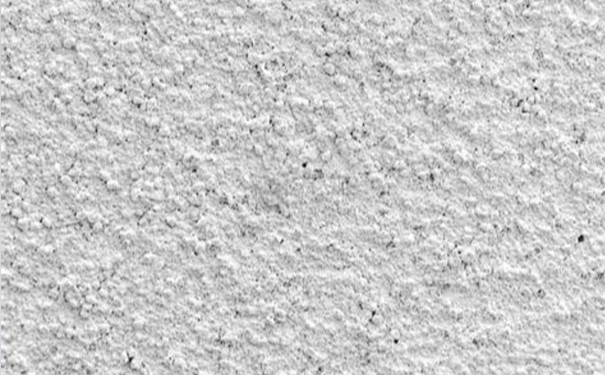
The Rise of Surface Laminates
As furniture and interior finishing got more sophisticated, the industry started using thin layers of material—called laminates or films—to cover surfaces like wood, particleboard, or metal. These layers weren’t just for looks; they also protected the material underneath.

At first, there were paper-based laminates and films soaked in synthetic resin. Then, in the 1990s, thermoplastic materials like polypropylene (PP) film and PVC film began to take off. PP film, for example, became hugely popular in Europe and Asia because it was so adaptable. But PVC film had its own advantages, especially when it came to cost and how easily it could be shaped.
PVC Film: The Affordable, Tough, and Versatile Option
So, what exactly is PVC decorative film? In simple terms, it’s a thin layer (usually between 0.3 mm and 0.7 mm) made from polyvinyl chloride, plus other additives to make it strong, flexible, and resistant to heat or wear. It’s like a durable, decorative skin that can be glued or heat-pressed onto all kinds of surfaces—from furniture and cabinets to vehicle interiors.
Why has it been so popular?
• Easy on the budget: It gives you a high-end look without the high cost.
• Super adaptable: It can be made to look like wood grain, marble, metal, or just about any pattern or color you want. This makes it a great alternative to real wood or stone.
• Built to last: Good PVC film is water-resistant, fire-retardant, and doesn’t scratch easily. Plus, it’s a breeze to clean.
• Stays put: Unlike some adhesive films that peel off over time, high-quality PVC film is fused onto surfaces using heat and pressure, often with a special backing. This means it can stick firmly for 10 to 15 years without coming loose.
In places like Germany, PVC film is used on about 40% of all furniture. It’s that common.
Addressing the Elephant in the Room: Environmental Concerns
Now, PVC hasn’t always had the best reputation. People worried about chemicals like phthalates (used to make PVC soft) or about it not breaking down easily.
But the industry has listened. Manufacturers have been working hard to make greener versions of PVC film. They’re using eco-friendlier additives like non-toxic plasticizers and stabilizers. Newer types of PVC film are more stable, last longer, and meet stricter environmental standards. So, while it’s still important to choose your supplier carefully, PVC film isn’t the same product it was 20 years ago.
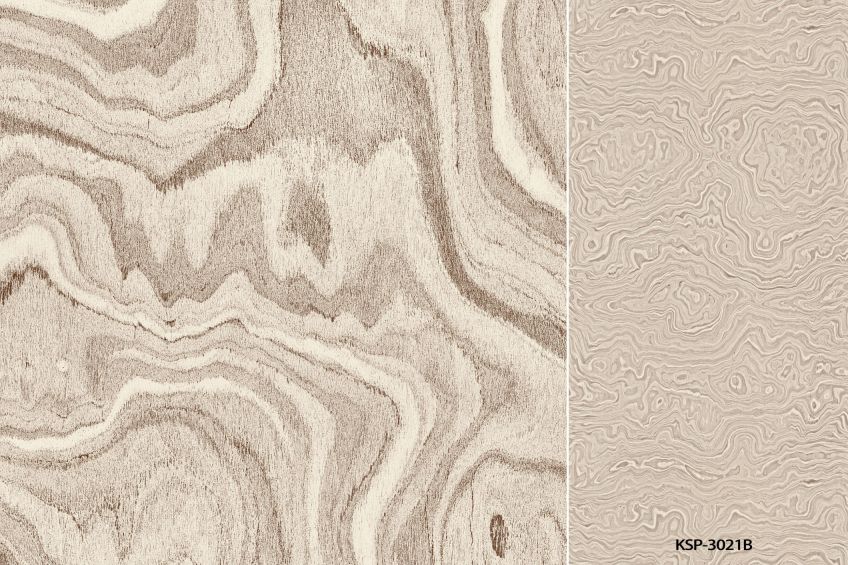
The Competition Heats Up
Of course, PVC isn’t the only player now. Newer materials have entered the scene:
• PET films are known for being eco-friendly and tough.
• PP films are lightweight, heat-resistant, and great for hygiene-conscious spaces.
• CPL (Continuous Pressure Laminate) is often used for edging and is very durable.
Each has its own strengths, but PVC film continues to hold its ground because it offers a great balance of price, performance, and eye-catching design.
Wrapping Up
The story of decorative surfaces is all about doing more with less—less cost, less harm to the planet, and less hassle, but with more style and durability. PVC decorative film has played a huge part in that story. It’s a material that’s evolved from a basic covering to a high-tech solution that’s all about looking good, lasting long, and living light on the planet. As a manufacturer, we’re proud to be part of that evolution, making surfaces beautiful, durable, and affordable for everyone.


